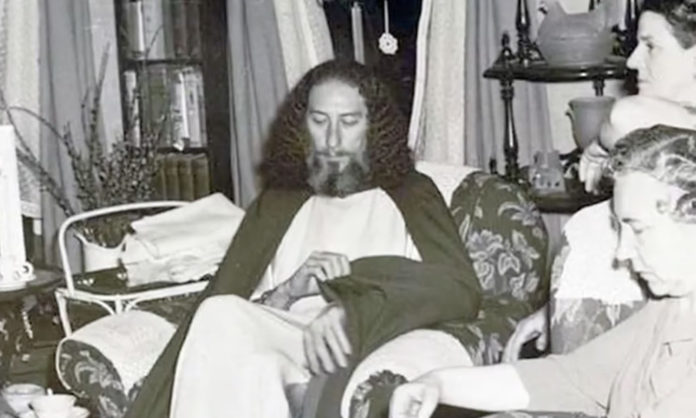On the outskirts of Kaysville, Utah, stands a crude, 20-foot cement and stone cross marked with a large letter K. Known to locals as Kay’s Cross, urban legend says it was constructed by a polygamist named Kingston, who murdered his seven wives and buried them around its base before hanging himself from a nearby tree. Other versions say one of the wives’ hearts was encased in the cross. Children were warned to stay away from the cross, which purportedly glowed on nights with a full moon and would burn at the touch. More reality-based rumors suggest that trespassing near the cross will earn you a shotgun blast of rock salt.
In 1992, someone blew up the cross with dynamite, but no one was ever charged with a crime. The land is still owned by the Kingston clan, who were originally a group of Mormon fundamentalists who broke away from the church in the 1920s and practiced polygamy. Letters written by Malvern Hansen, a member of the group, suggested he helped build the cross at the instigation of a wandering religious zealot who claimed to be the reincarnation of Jesus Christ.
In 1946, a man named Francis Pencovic, who also went by the name Krishna Venta (and Jesus Christ), was invited to preach to the Kingstons. Even though the group’s leaders did not believe Pencovic was actually Jesus Christ, they were persuaded to build the cross at his behest. Pencovic left for California before construction was completed and the full project was abandoned, leaving only the stone and concrete cross. Pencovic was later murdered in a suicide bombing by two of his followers.
Infernal crucifix or concrete albatross built by religious fundamentalists at the prompting of a traveling preacher? Either way, that’s a pretty good backdrop for a story. What happens next?












